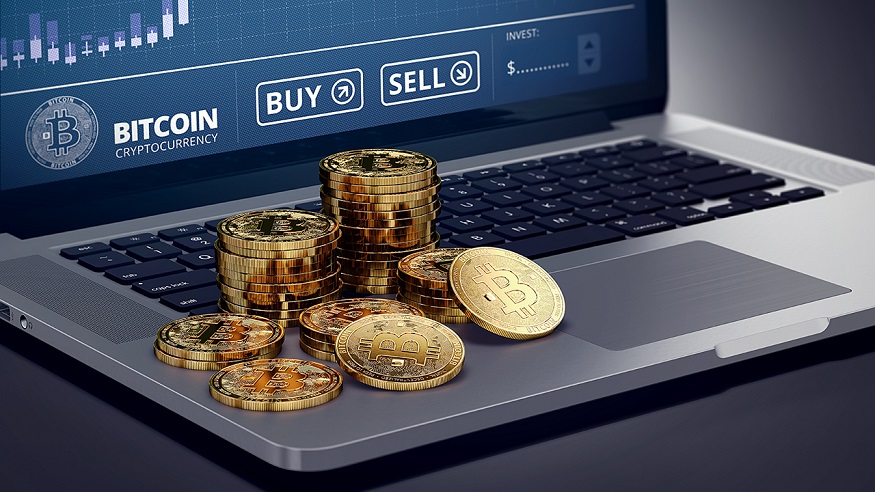

In today’s fast-paced world, the evolution of banking transactions has reached new heights with the widespread adoption of contactless payments. This technology, once considered futuristic, has now become an integral part of our daily lives, transforming the way we conduct financial transactions.
The journey of contactless payments dates back to its humble beginnings, tracing its roots to the early experiments with radio-frequency identification (RFID) technology. Over the years, the adoption of contactless payments has seen a significant surge, with consumers embracing the convenience and speed it offers.
At the heart of contactless payments lies Near Field Communication (NFC) technology, allowing seamless communication between devices in close proximity. This section delves into the intricacies of NFC, demystifying the technology, and highlighting the robust security features that safeguard users’ financial information.
The allure of contactless payments lies in its undeniable advantages. From the perspective of consumers, the sheer convenience of tapping a card or waving a smartphone to make a payment is unmatched. This section explores the efficiency it brings to transactions and the overall experience for users.
Banks, recognizing the paradigm shift in consumer behavior, have swiftly integrated contactless technology into their services. This section explores how this integration is reshaping traditional banking methods and fostering a more dynamic and responsive banking environment.
While the convenience of contactless payments is apparent, addressing security concerns is paramount. This section acknowledges and dispels common fears associated with contactless transactions, shedding light on the sophisticated security measures in place.
Understanding consumer behavior is key to grasping the trajectory of contactless payment adoption. From changing preferences to the factors influencing adoption, this section provides insights into the psychology behind the increasing reliance on contactless payments.
The evolution of contactless payments goes beyond cards. Mobile wallets and wearable devices play a crucial role in expanding the reach of this technology. This section explores the diverse avenues through which contactless payments are making an impact.
As technology continues to advance, what does the future hold for contactless payments? This section delves into predictions and emerging trends, offering a glimpse into potential innovations that could further revolutionize the landscape.
Real-world examples showcase the success stories of contactless payment implementations in the banking sector. By examining these cases, we can draw valuable lessons and insights for the future.
Government regulations play a pivotal role in shaping the contactless payment landscape. This section examines the regulatory environment and its impact on the banking industry.
Despite its widespread acceptance, contactless payments face challenges. This section explores obstacles and proposes solutions to ensure the seamless integration and adoption of this transformative technology.
The rise of contactless payments prompts a reevaluation of traditional banking infrastructure. How are physical bank structures adapting to this digital transformation? This section explores the changing face of brick-and-mortar banks.
Contactless payment adoption varies across the globe. This section provides a comparative analysis of adoption rates, considering cultural nuances and regional differences.
In conclusion, contactless payments represent a pivotal shift in the landscape of banking transactions. From its historical roots to the current state of global adoption, the impact is undeniable. As we navigate this evolving terrain, it’s essential to recognize the significance of contactless payments in shaping the future of banking.